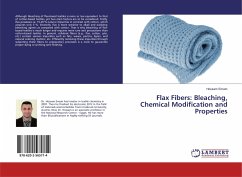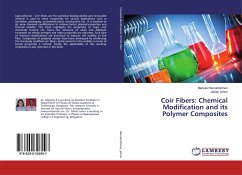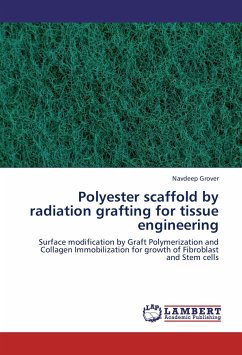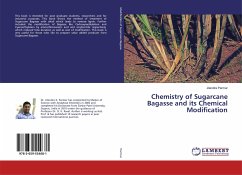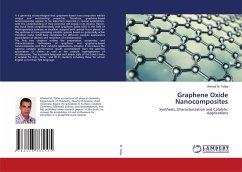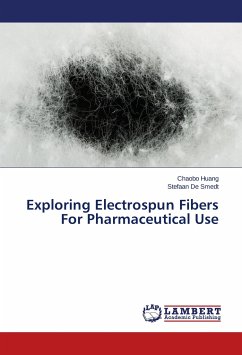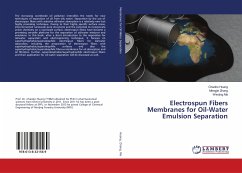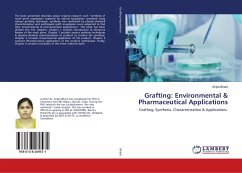Although bleaching of flax-based textiles is more or less equivalent to that of cotton-based textiles, yet two main factors are to be considered. Firstly, flax possesses ca. 15-20 % natural impurities in contrast with cotton, which acquires only 5 %. Secondly, flax is more sensitive to alkali and oxidizing bleaching agents as compared with cotton. That is why bleaching of flax-based textiles is much longer and requires more care and precautions than cotton-based textiles. In general, cellulosic fibers (e.g., flax, cotton, jute, etc.) contain various impurities such as fats, waxes, pectins, lignin, and natural coloring matters; etc. Efficiently removing these impurities through subjecting these fibers to preparatory processes is a must to guarantee proper dying or printing and finishing.
Bitte wählen Sie Ihr Anliegen aus.
Rechnungen
Retourenschein anfordern
Bestellstatus
Storno

